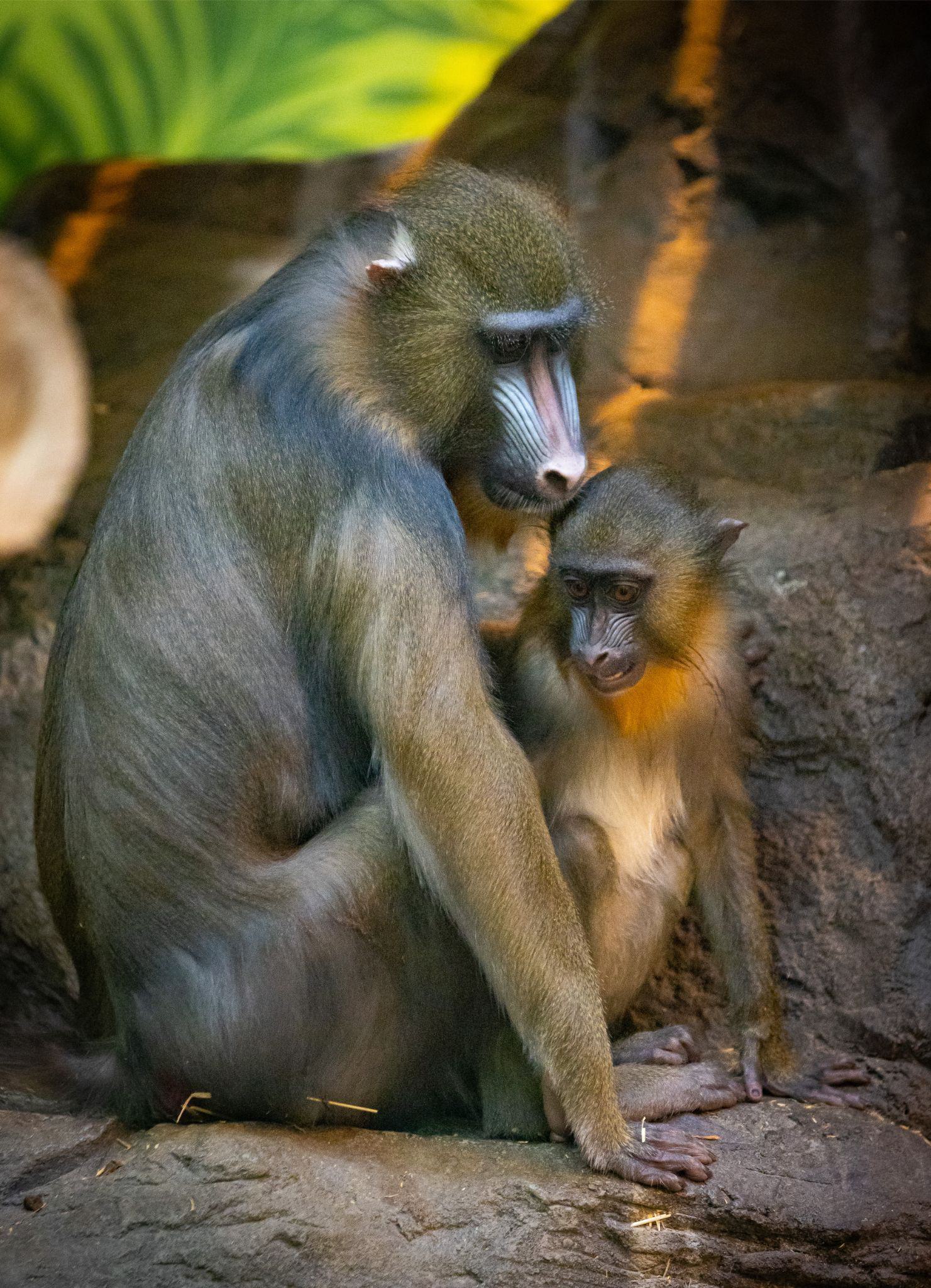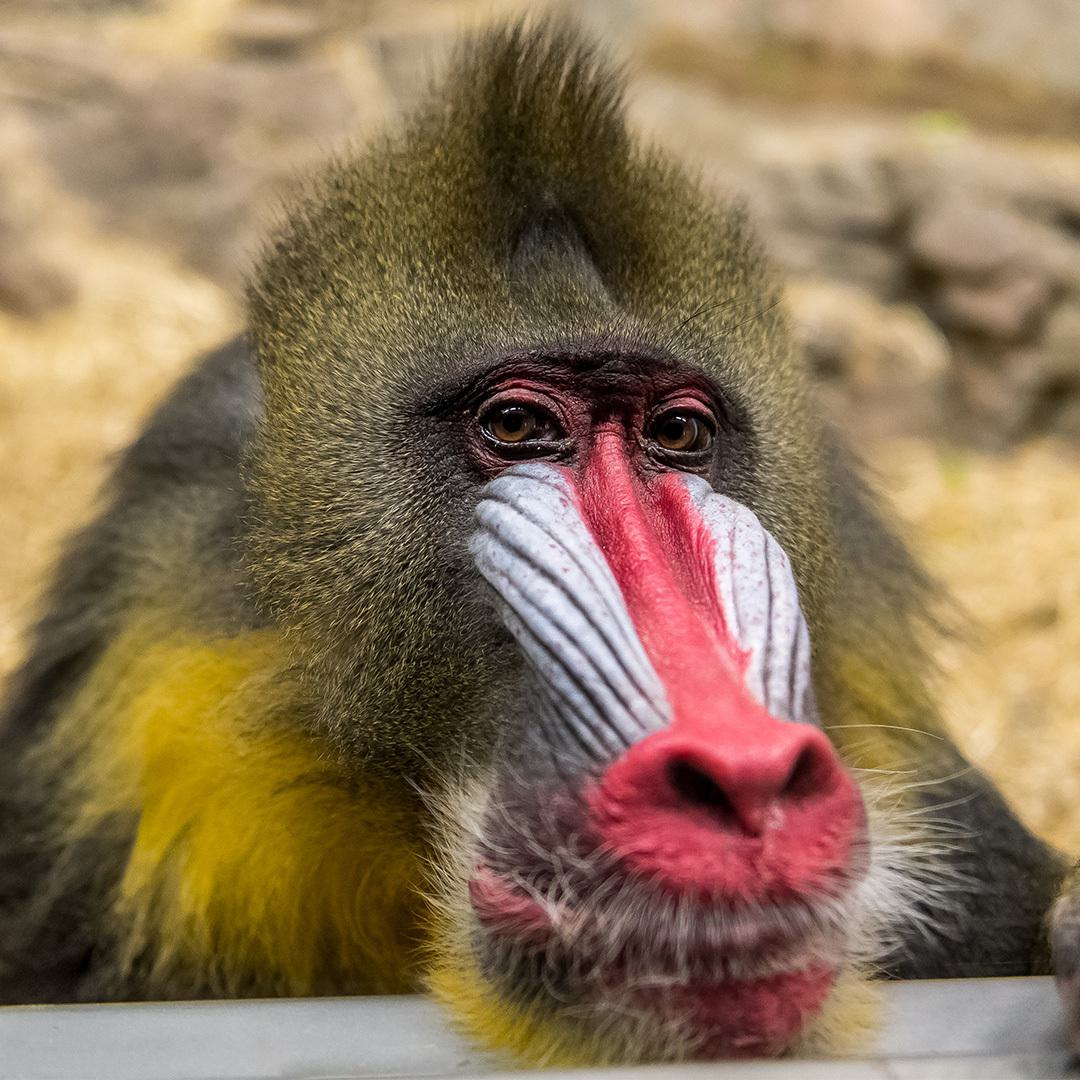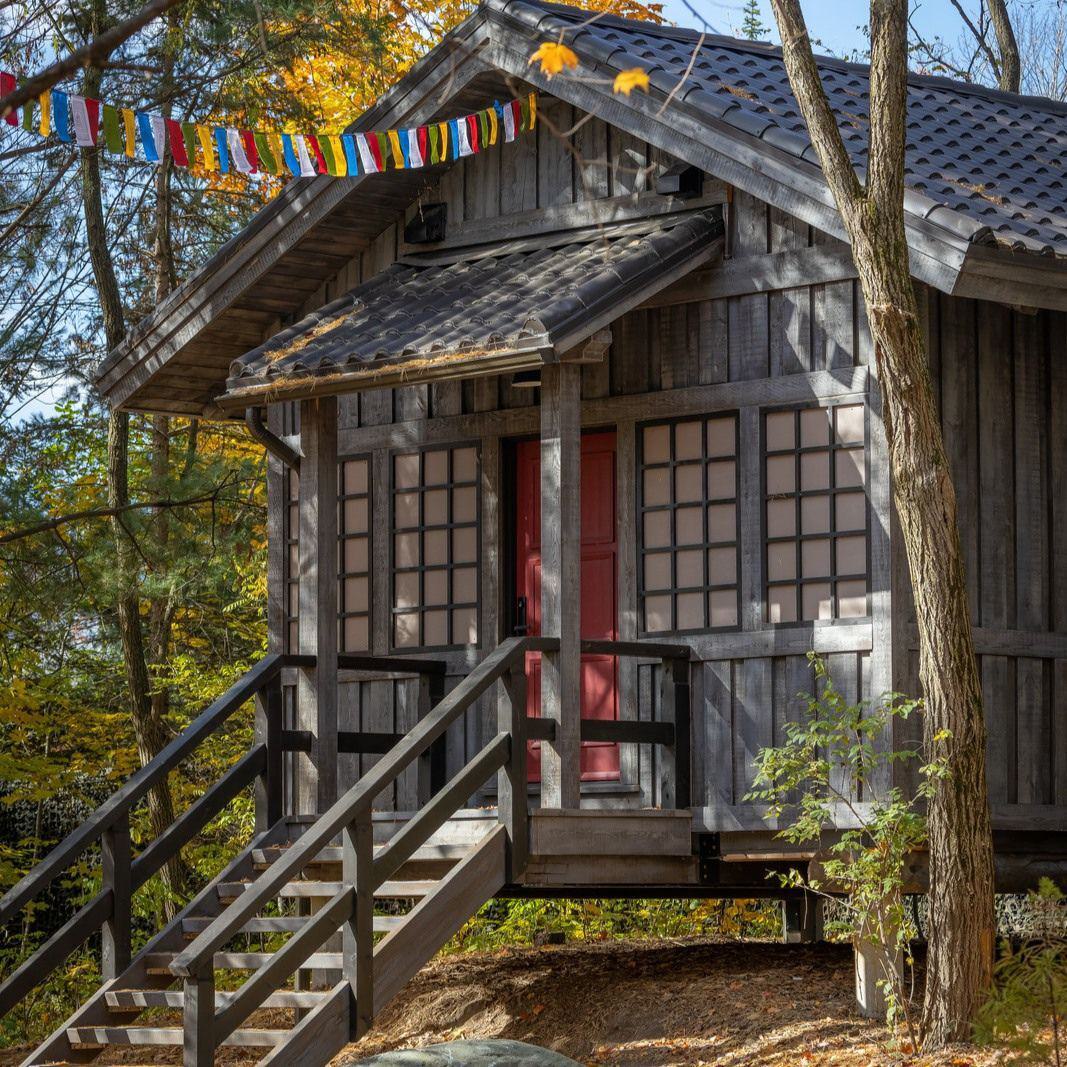Reno-Animal Habitat
While the first warm days of spring usually inspire people to head for the local hardware store, for the Zoo autumn is the season it launches many of its construction and renovation projects. The absence of visitors during the week means that our teams can concentrate on moving ahead with the work that needs to be done.
Last year, it was the new habitat for the dholes that required the efforts and talents of our in-house teams. This autumn, we’re knocking down the Temple walls for our little primates and building an entirely new outdoor habitat for the mandrills.
Put on your boots and construction helmets and join us on the building sites!
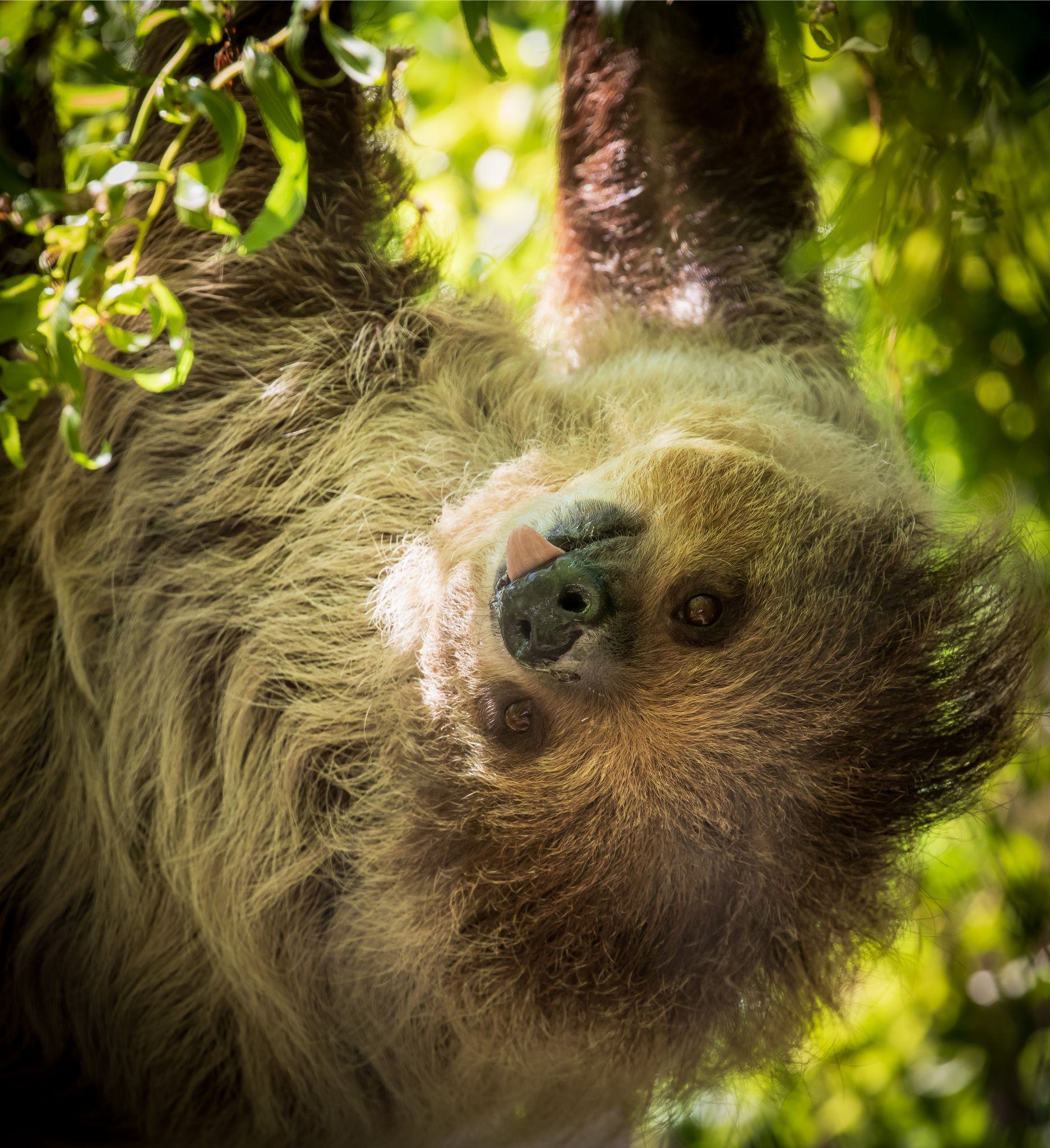
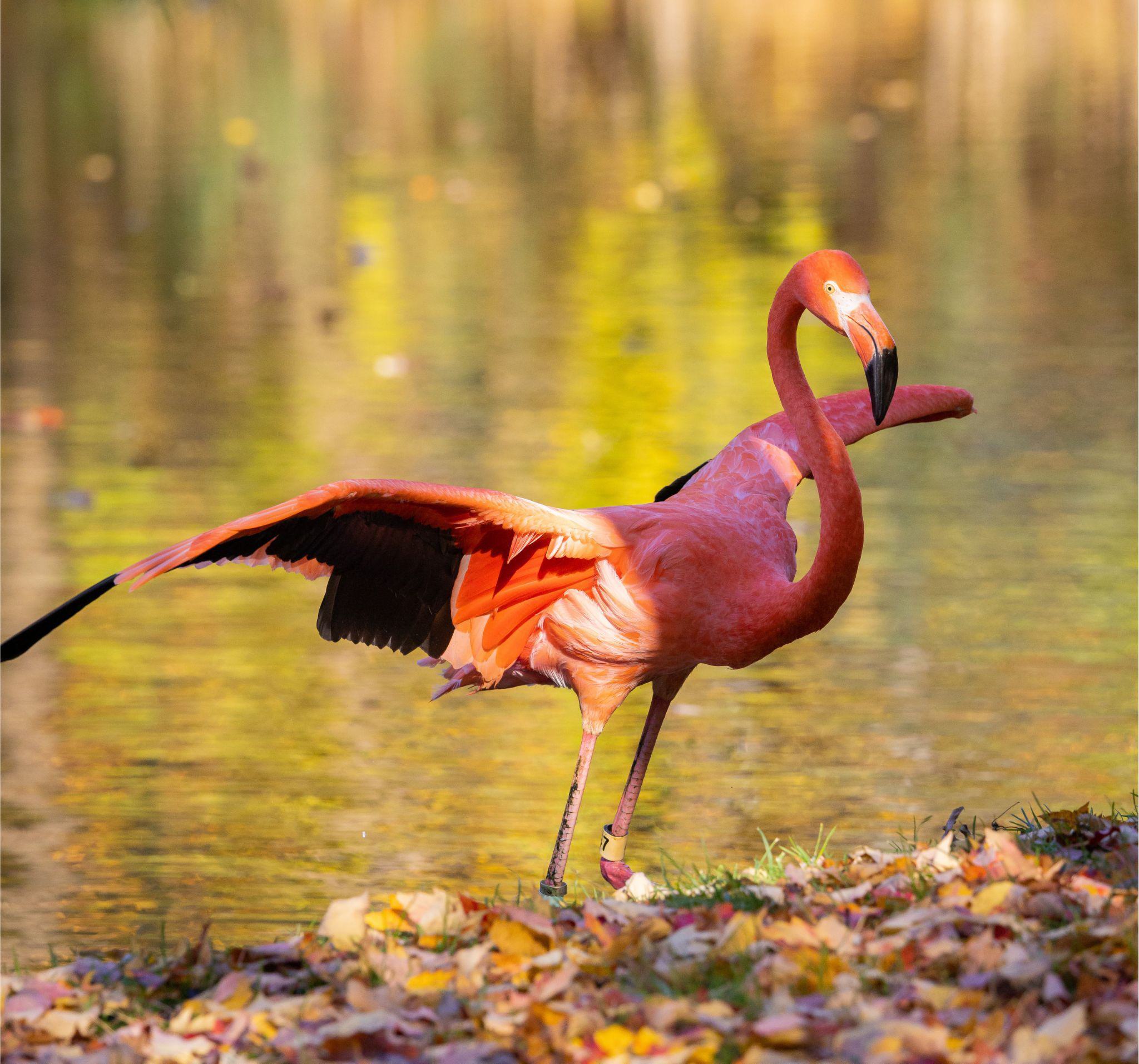
Fewer Species and More Space to Optimize Animal Well-being
What’s the minimum habitat size for a group of meerkats?
How many flamingos can comfortably occupy a 300-square-metre space?
Indeed, when designing a habitat, one of the main considerations is the space needed to allow animals in our care to go about their business and feel safe. To help us, Québec’s Ministère de l’Environnement, de la Lutte contre les changements climatiques, de la Faune et des Parcs (MELCCFP) prescribes certain standards, as does our professional accreditation, the Association of Zoos and Aquariums (AZA).
As a rule, the Zoo de Granby has always chosen to exceed the prescribed standards, but these at least serve as guidelines for us. In fact, the standards are constantly reviewed and take into account a whole range of factors, including the biology and needs of each animal.
With our increased knowledge relating to the different species, it’s not surprising that accredited zoos are now working to provide more space for their species and to improve their facilities’ layout in order to offer animals more opportunities for stimulation and exploration—something the Zoo de Granby already does very well!
A lot of Hustle and Bustle at the Temple!

Making something new out of something old is one of the many skills our maintenance and construction teams, who work year-round at the Zoo, have developed over time. With 70 years of history, some of our buildings date back to the early days of the Zoo, and adjustments are sometimes necessary to meet modern requirements, and also to bring them up to what the current trends suggest!
This is the case of the Temple on the South American circuit, formerly known as the Feline Pavilion, and which dates back to 1974. Here, our teams worked in two phases to offer a completely new experience for not just one, but two species of small primates (in alternation): Our Goeldi’s marmoset and our white-faced sakis.
Last spring, they tackled one of the outdoor habitats by not only giving it more height, but also by completely replacing the restraining net with a finer mesh size, so that our smaller species can go outside without running the risk of escaping; Goeldi’s marmosets barely weigh more than 350 g!
This autumn, the interior of the building is being refurbished in order to provide more space for the sakis ... and all their roomies! A wall between two habitats has been taken down to create a single space, but with doubling its original size.
While the hawksbill sea turtles and Patagonian maras will be able to enjoy the ground space, the two-toed sloths and white-faced sakis will occupy the higher areas.
Living together not only allows us to optimize the space available, but also to recreate an environment found in nature: animals rarely live in isolation from each other.
In 2024, Mandrills will Enjoy Summer Outdoors!
These colourful residents of the Afrika pavilion will also be enjoying their new installations! The family clan, led by the male Tumbili, will be able to explore their new habitat as early as next spring! Built at a cost of $1.2 million, this reinvented space will provide an entirely natural environment for the group of primates during the warmer seasons, thus encouraging the expression of behaviours specific to the species.
Here’s a 3D preview of the architect’s plans. With these major investments, the Zoo de Granby is once again demonstrating just how much animal well-being is at the heart of our priorities!
While you’re waiting to discover the new facilities, test your knowledge of mandrills by taking the following quiz. (link)




